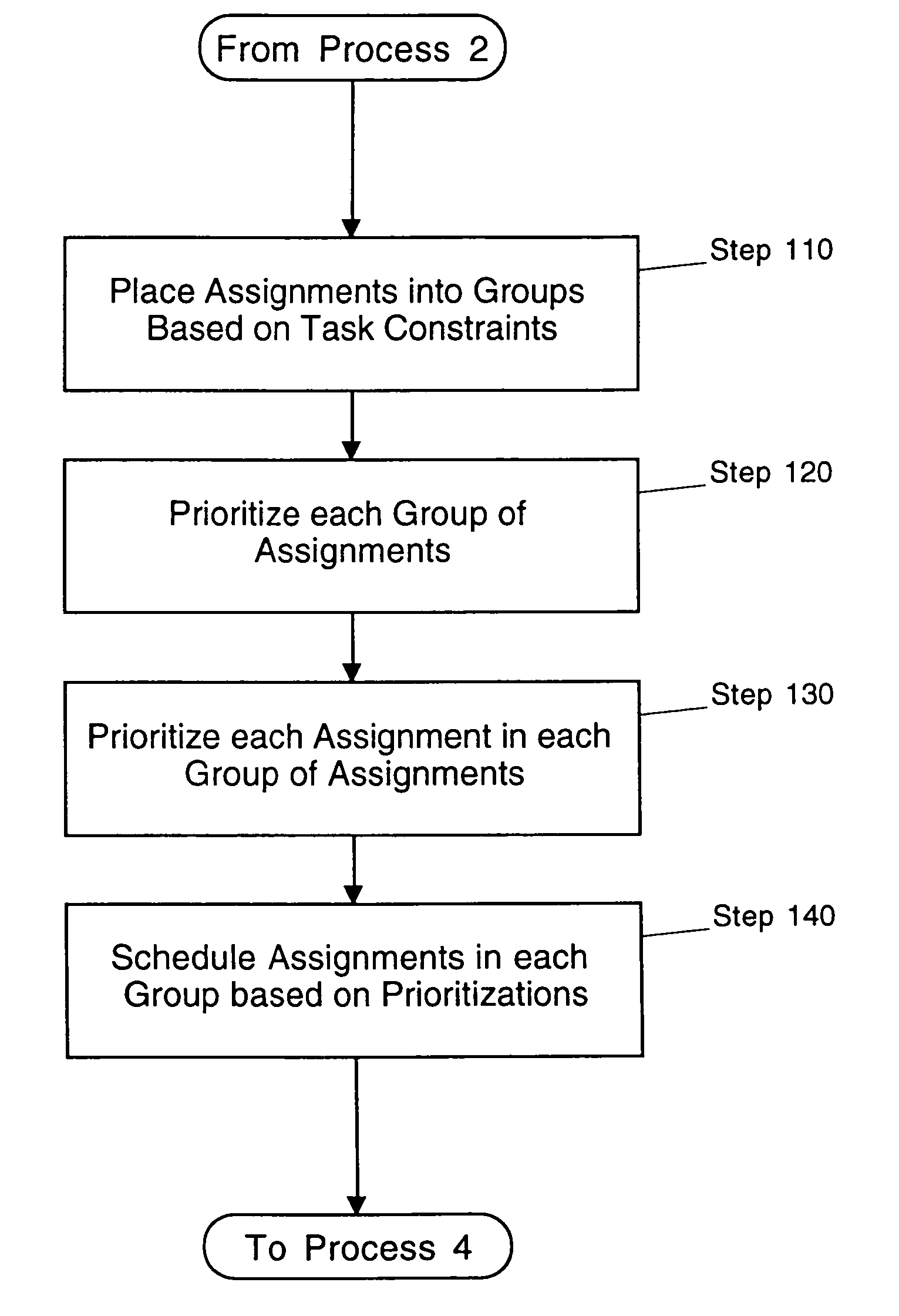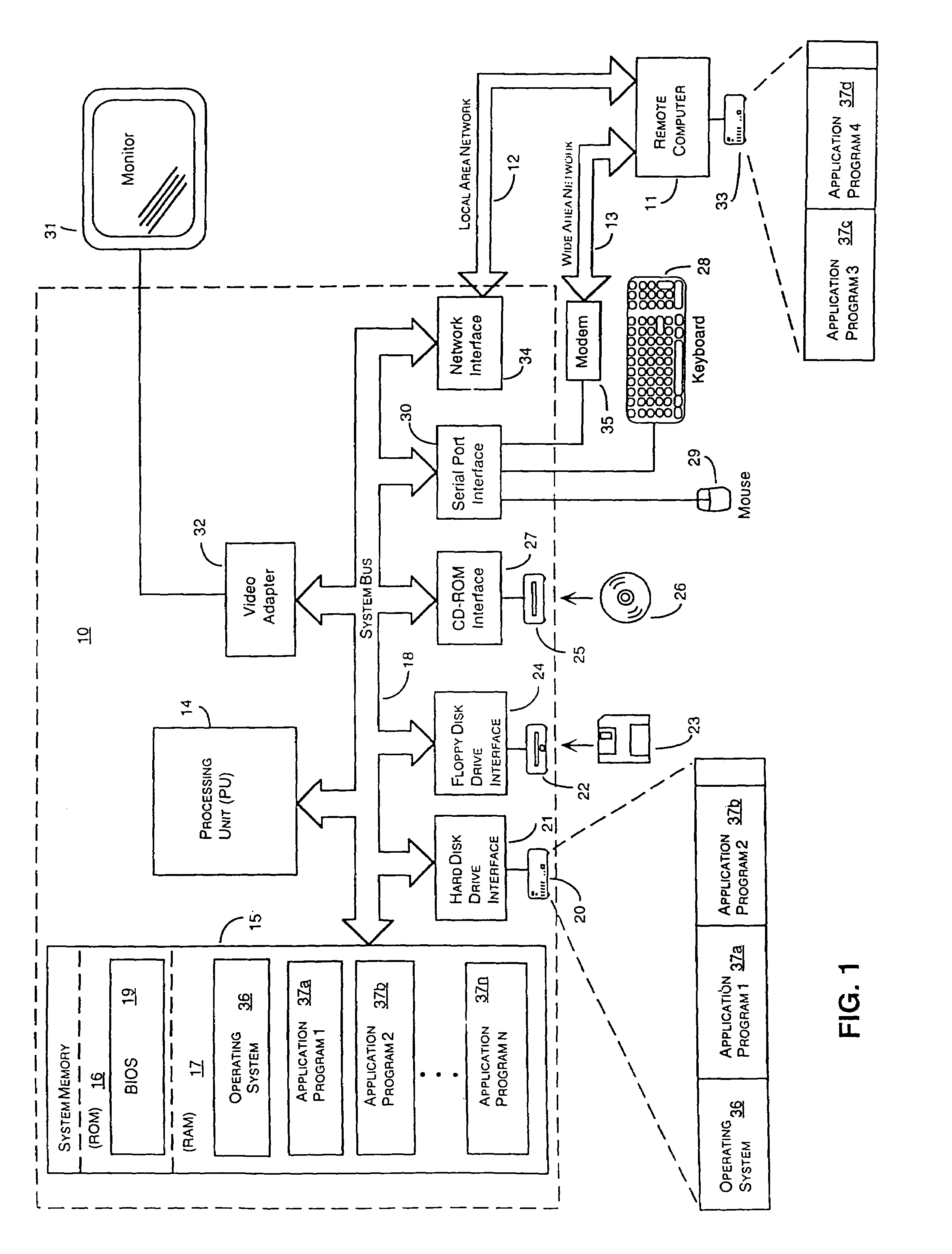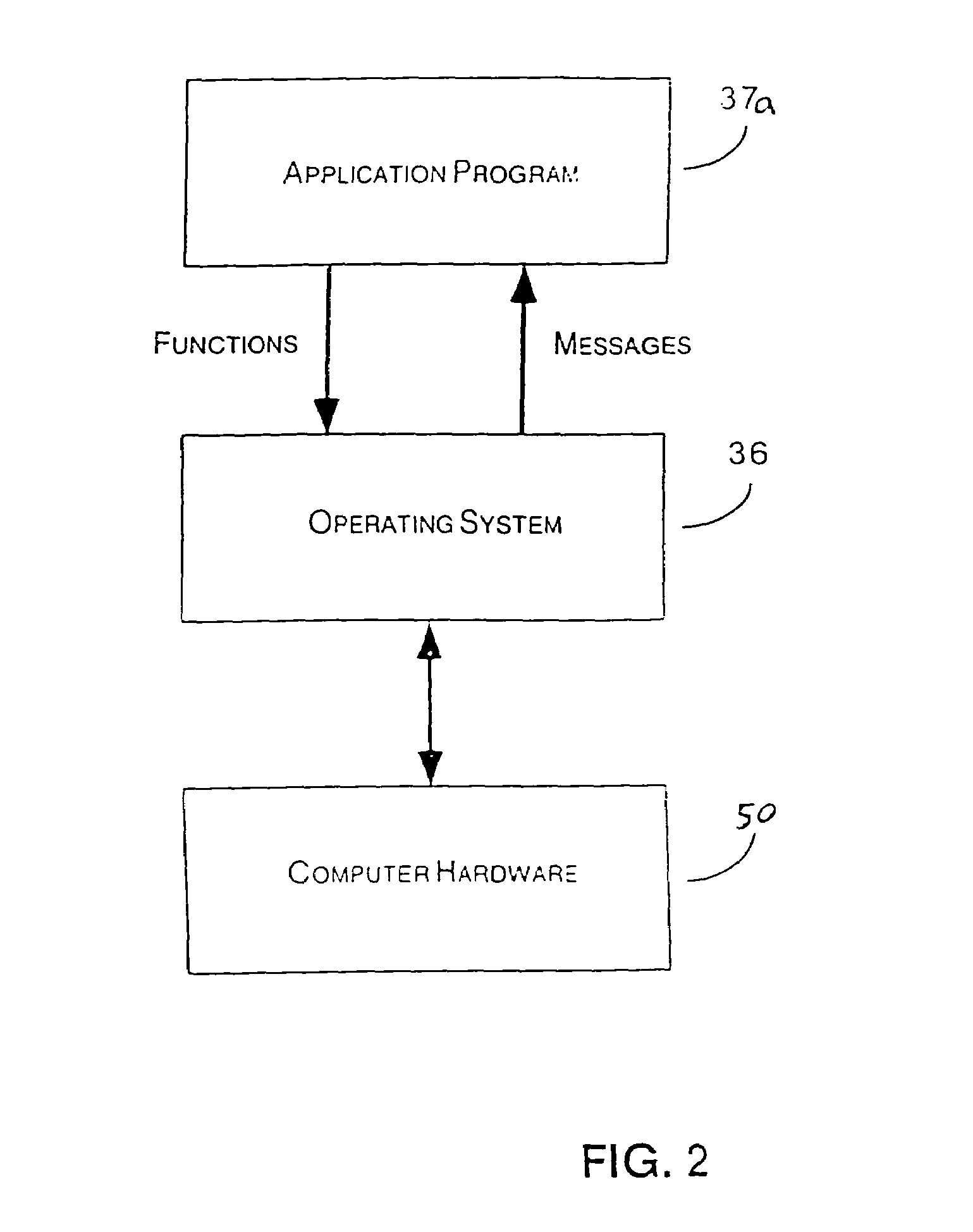System and method for generating a schedule based on resource assignments
a resource assignment and schedule technology, applied in the field of system and method for generating schedules based on resource assignments, can solve problems such as limiting the manner in which assignments are made, and achieve the effect of maximizing the utilization of available resources
- Summary
- Abstract
- Description
- Claims
- Application Information
AI Technical Summary
Benefits of technology
Problems solved by technology
Method used
Image
Examples
Embodiment Construction
[0049]The present invention provides a system and a method to generate a meaningful schedule that maximizes resource utilization by performing assignment-oriented scheduling. The preferred embodiment of the present invention is represented by the “MICROSOFT TEAM MANAGER” program, a scheduling program published by Microsoft Corporation of Redmond, Wash. Briefly described, the preferred program allows users to enter information describing available resources and tasks, and then generates a schedule based on the input information. Advantageously, the preferred program utilizes an assignment-oriented approach for generating a schedule, which results in maximizing the utilization of resources. The preferred program is able to generate a balanced schedule by performing a single pass of the entered data. This capability improves the efficiency of the program by eliminating the re-iterative processes required by CPM scheduling programs.
[0050]Although the preferred embodiment will be general...
PUM
 Login to View More
Login to View More Abstract
Description
Claims
Application Information
 Login to View More
Login to View More - R&D
- Intellectual Property
- Life Sciences
- Materials
- Tech Scout
- Unparalleled Data Quality
- Higher Quality Content
- 60% Fewer Hallucinations
Browse by: Latest US Patents, China's latest patents, Technical Efficacy Thesaurus, Application Domain, Technology Topic, Popular Technical Reports.
© 2025 PatSnap. All rights reserved.Legal|Privacy policy|Modern Slavery Act Transparency Statement|Sitemap|About US| Contact US: help@patsnap.com



